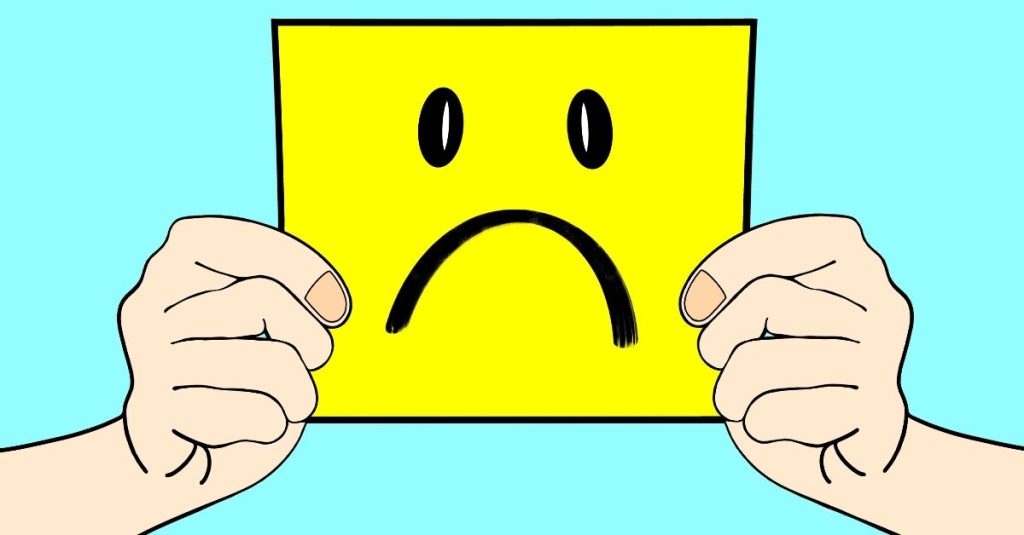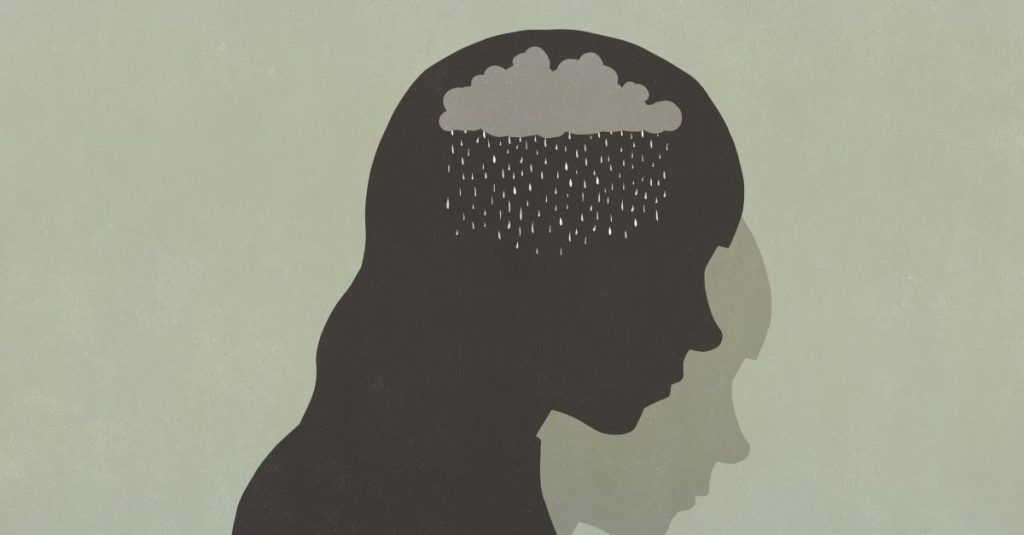If you’re someone who suffers from Seasonal Affective Disorder (SAD), you likely know just how debilitating winter can feel.
According to the Mayo Clinic, “Seasonal affective disorder (SAD) is a type of depression that’s related to changes in seasons—SAD begins and ends at about the same times every year. If you’re like most people with SAD, your symptoms start in the fall and continue into the winter months, sapping your energy and making you feel moody.”
Typically, these symptoms resolve once spring and the days get longer and warmer.

5 Ways to Mentally Prepare for Winter and the Seasonal Affective Disorder That Comes With It
As we approach winter, it’s important to prepare for possible relapses into depression. Even if you don’t suffer from SAD, many people still experience negative mood changes during the winter months. Thankfully, aside from medication and therapy, which should be discussed with a professional, there are many ways to prepare for the season ahead.
Lindsay Richerson, Mental Health Expert and Executive Director at Lantana Recovery, shared five ways to prevent or minimise winter depression, so you can get ahead of it this year.
1. Begin Light Therapy
Bright light therapy is a great option for those struggling with SAD. Though it uses artificial light, it can mimic natural, outdoor light that you wouldn’t otherwise get during the season.
“Most people wait until they’re already deep in the winter blues to start light therapy,” Richerson says. “But taking a proactive approach, beginning light therapy in September or October, before symptoms emerge, may help prevent a full-blown depressive episode.”
She recommends using a 10,000-lux light box for around 20–30 minutes each morning to regulate your circadian rhythm.
2. Start Taking Vitamin D Supplements
Due to reduced sun exposure, many people experience low vitamin D during autumn and winter.
“Vitamin D deficiency is strongly linked to seasonal depression,” says Richerson. “Start taking 1,000–2,000 IU daily in early autumn. By the time winter arrives, your levels will be where they need to be rather than playing catch-up when you’re already symptomatic.”

3. Invest in a Dawn Simulator
What are two words you associated with winter? Cold and dark.
While you might be able to crank the heat in your home, it’s hard to replicate the sunrise in your bedroom. However, dawn simulators achieve just that.
“These devices gradually increase light in your bedroom to mimic a natural sunrise, making it easier to wake up during dark winter mornings,” says Richerson. “Setting one up now helps your body adjust gradually rather than facing that jarring shock of waking up in pitch darkness come December.’
4. Lock in your winter routine while you still have energy
Routines can make or break your day-to-day life, adding structure to otherwise bleak or chaotic schedules—both of which can wreak havoc on your nervous system.
“It’s much easier to establish exercise habits, therapy appointments and social commitments when you’re still feeling good,” says Richerson. “Come January, when motivation is low, those routines will already be on autopilot. Schedule recurring plans now, weekly walks with friends, regular gym classes, monthly social events, so you’re not relying on willpower later.”
When deciding what to put on your calendar, consider your priorities, like your physical and mental health, friends and family, creative expression, and plenty of rest.
5. Create a ‘SAD emergency kit’
Unfortunately, you can’t avoid a bad day (or week) altogether. However, you can prepare for one, ensuring you have all the essential pick-me-ups on hand.
“Stock up on things that bring you comfort and joy, including your favourite teas, cozy blankets, engaging books and craft supplies, whatever works for you,” Richerson recommends. “When depression hits, even going to the shop feels overwhelming. Having these ready means one less barrier to self-care.”
The post 5 Ways to Prepare for Winter and the Seasonal Affective Disorder That Comes With It appeared first on VICE.




